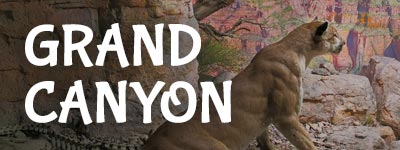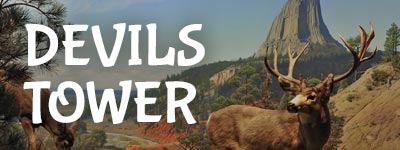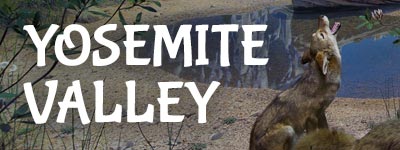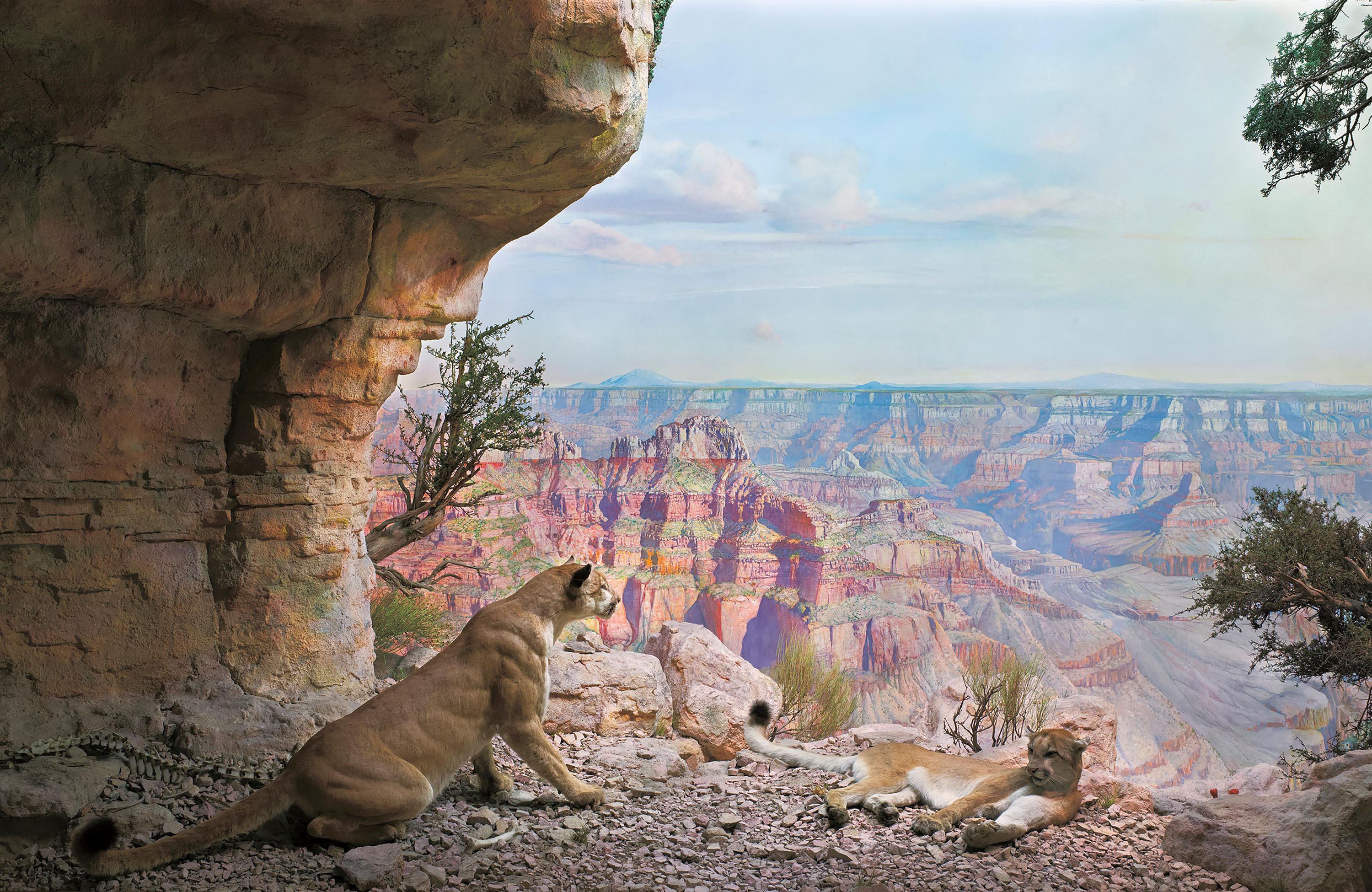
WELCOME TOGRAND CANYONARIZONA
It’s a beautiful, summer day without a cloud in the sky.
When Theodore Roosevelt visited in 1903, he was awestruck by this spectacular landscape. He wanted to protect this natural wonder from ranching, mining, and logging. He also wanted to preserve ancient Native American sites. In 1908, he set aside more than 800,000 acres as Grand Canyon National Monument. Then in 1919, Congress named it a national park. Let’s go and explore!
|
||
This is your online field journal.
It has 10 questions to help you observe the animals, plants, and environment in this scene.
ANIMALS
What kinds of animals do you see?
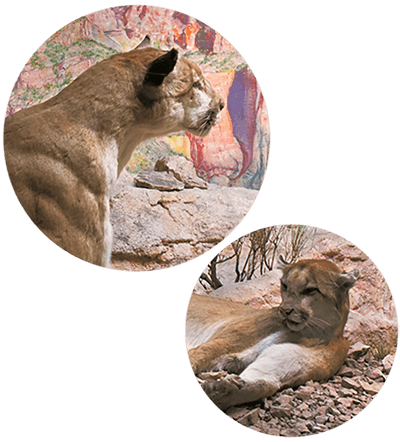
ANIMALS
What do you think the cougars are doing? (You can pick more than one.)
ANIMALS
Are cougars carnivores, herbivores, or omnivores?
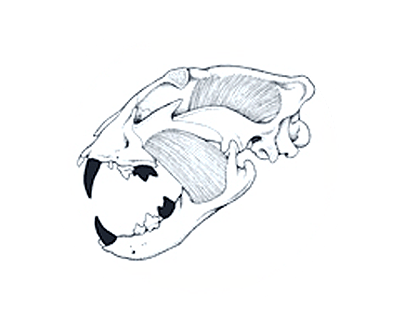
ANIMALS
Do you think the cougars live here? Or are they just passing through?
PLANTS
What kinds of plants do you see? (Hint: There are two kinds.)
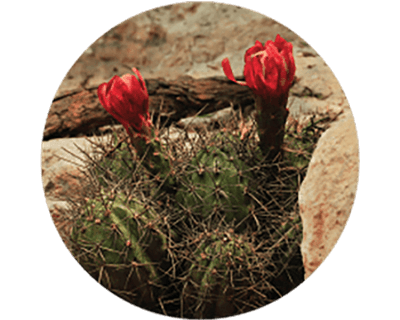
PLANTS
How might this cactus be adapted to the environment? (You can pick more than one.)
PLANTS
How might Grand Canyon birds depend on this cactus?
ENVIRONMENT
Look at the colors in this scene. What are the main colors you see? (Click all that you see.)
ENVIRONMENT
What kinds of geographic features do you see? (Click all that you see.)
ENVIRONMENT
What clues do you see that might tell you how the canyon formed? (Hint: There are two.)
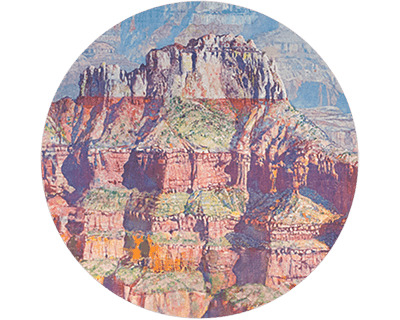

TIP: Close this book to help you see the whole scene better.
1 of 10
- amphibians
- birds
- fish
- insects
- lizards or snakes
- mammals
The mammals you see here are cougars, a male and a female. These big cats are also called mountain lions, pumas, Florida panthers, catamounts, and painters.
2 of 10
- feeding
- fighting
- hunting
- keeping watch
- playing
- resting
One cougar is resting while the other is keeping watch. Cougars usually travel alone, but they pair up during mating season. When they’re together, one cougar will keep a lookout for danger.
3 of 10
- carnivores
- herbivores
- omnivores
Like all cats, cougars are carnivores. You can tell by their sharp claws and teeth. Cats stalk prey, then kill with a swift pounce and bite. Another clue is the collection of bones scattered nearby.
4 of 10
- live here
- passing through
It is likely these cougars are just passing through, stopping in the shade to escape the daytime heat. The rocky nook may also provide a private place to eat their prey, and a ledge from which to look out for their next meal.
5 of 10
- flowers
- trees
- vines
- grass
The red-flowered, spiky plant is a cactus known as the scarlet hedgehog. Its bright red-orange flowers are filled with nectar. You can also see a few short, scrubby trees growing within the rocks.
6 of 10
- Its large leaves provide shade.
- Its waxy coating keeps in water.
- Its spines protect it from predators.
- It has no roots to gather water underground.
This cactus is covered with long, sharp spines that protect it from animals. It is coated with a waxy substance that keeps it from losing water. Like other cacti, it has roots to gather precious water between rocks, in sandy soil, or wherever it grows.
7 of 10
- Wrens eat the flowers.
- Hummingbirds feed on the flowers’ nectar.
- Condors drink water stored inside the cactus.
- Eagles build nests with its spines.
Hummingbirds love to drink from the plant’s big, nectar-filled blooms. The Grand Canyon is home to an amazing diversity of birds, from bald eagles and the California condor to the tiny rufous hummingbird and canyon wren.
8 of 10
- light brown
- greens
- pinks
- yellows
You don’t see a lot of green—or plants—in this scene, because it’s such a dry climate. But in the setting Sun, you do see lots of rocky cliffs in shades of light brown and pink.
9 of 10
- canyon
- plains
- mountains
- plateau
The edge of the canyon is a large plateau, a flat expanse of land. The steep walls of the canyon plunge more than a mile (1.6 km). If you stacked the Empire State Building on itself three times, it wouldn’t be as tall as the canyon walls!
10 of 10
- Flowing river
- Meteorite impact crater
- Lava and steam from volcanic eruptions
- Horizontal rock layers
Over 1.8 billion years, layers of sediment settled to form layers and layers of rock. About 17 million years ago, the Colorado River began carving out the canyon’s steep channel, exposing these horizontal bands of rock in the canyon’s walls.
Want to go on your own outdoor adventure?
Use this field journal to record your observations outside!





